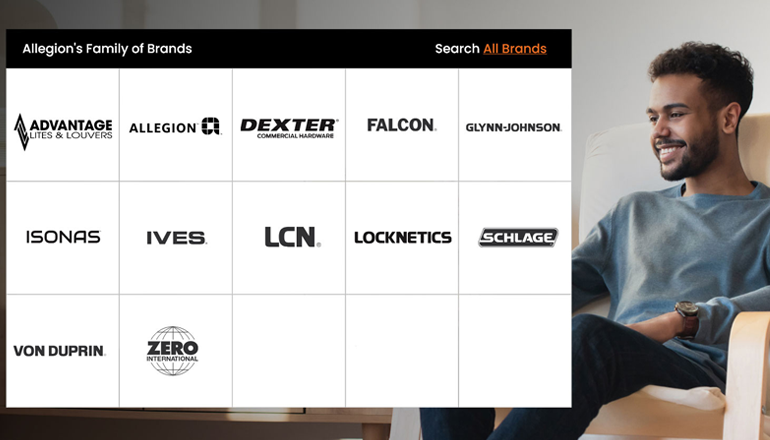It’s interesting to think something as small as a student ID can play such an essential part in the campus experience. It opens doors, it pays for meals. The campus card facilitates more of a student’s daily routine than ever before.
With so much riding on the campus card, it’s imperative to evaluate all of your options when it’s time to upgrade.
Among the factors to consider is interoperability, or the openness of the credential technology. Misinformation or lack of knowledge on this topic can leave universities in an undesirable—and potentially costly—situation.
The information below covers the basics of interoperability to help your university make informed credential decisions.




































